
Oakleaf Hydrangea
The Oakleaf Hydrangea (Hydrangea quercifolia) is a stunning, shade-loving native to the Southeast. A plant with year-round interest, this shrub has oak-like leaves and pyramidal white blooms.

Plant This, Not That
Popular landscaping plants often include non-natives and invasive species that do not benefit ecosystems (sometimes even causing extreme harm!). We’d like to share several native alternatives that support our Southern Appalachian habitat and bring beauty to your space!

Mountain Laurel
The Mountain Laurel (Kalmia latifolia) is a beautiful broadleaf evergreen home to the slopes of the Appalachian Mountains. In late spring, the cup-shaped flowers open to reveal hues of white and dusky pink.
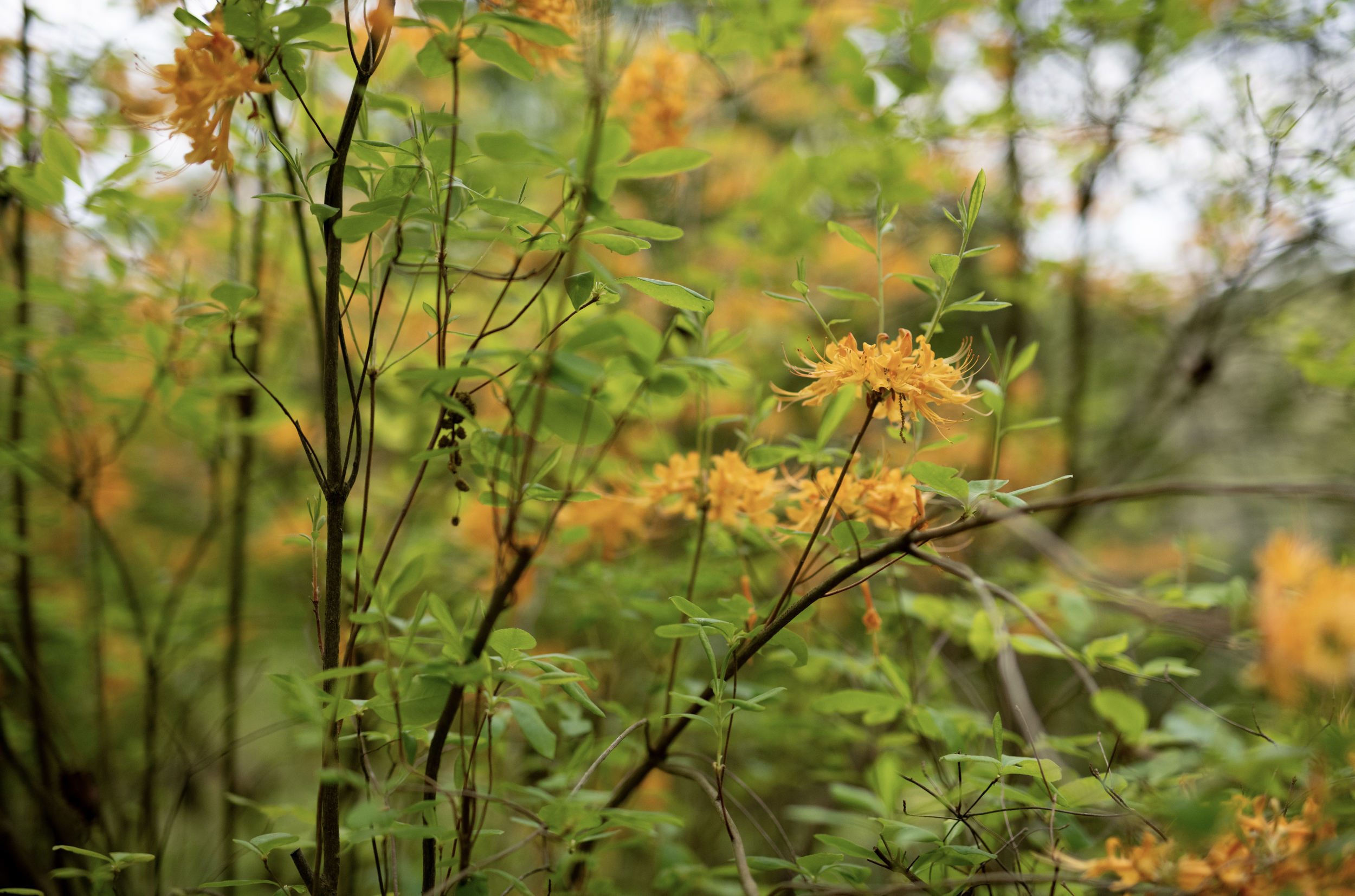
Florida Flame Azalea
The Florida Flame Azalea (Rhododendron austrinum) is a striking deciduous shrub with vibrant, fiery blooms that ignite in early-to-mid spring. The plant attracts many kinds of pollinators—from hummingbirds to bees!
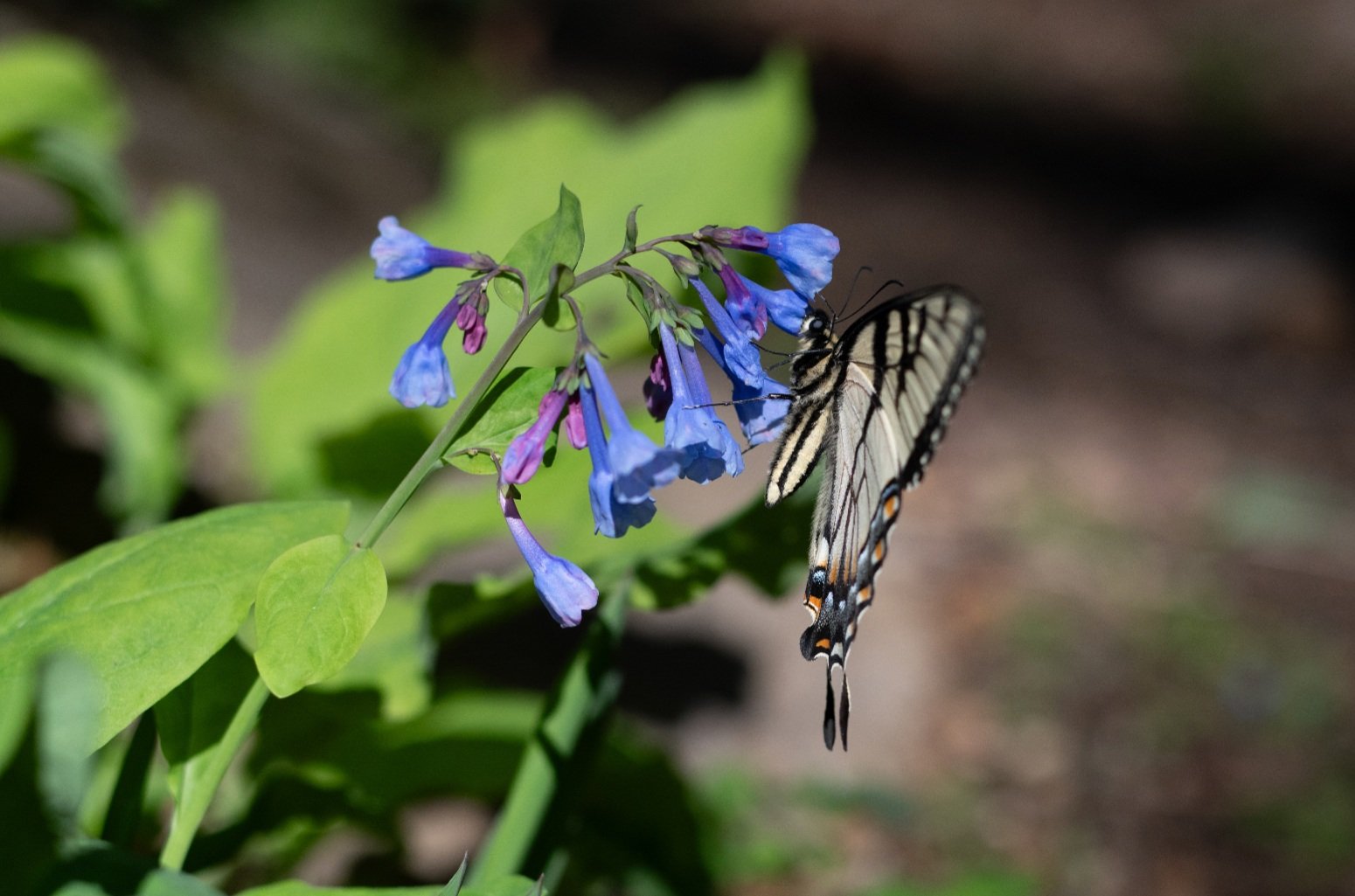
Virginia Bluebell
The Virginia Bluebell (Mertensia virginica) is a herbaceous perennial wildflower. These flowers share the first blooms of the season and beckon early pollinators, such as long-tongue bees and hummingbirds.
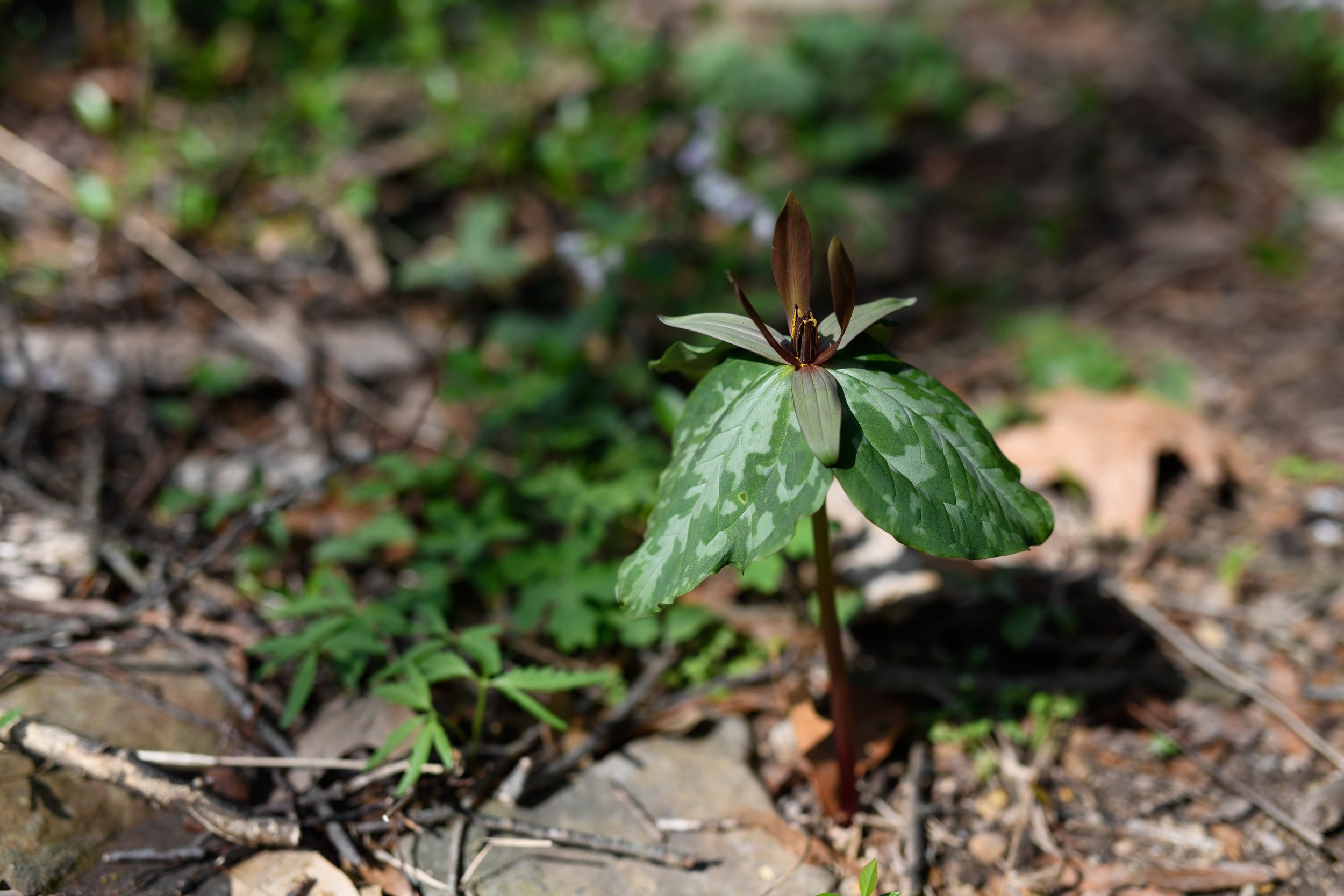
Trillium, Woodland’s Bloom
The Trillium is an icon of Southern Appalachia. A plant of many names (Wakerobin, Toadshade, Wood Lily, and more), Trillium spp. accounts for nearly 50 species in the family Melanthiaceae. As a woodland spring ephemeral, this plant shares some of the first blooms of the year!
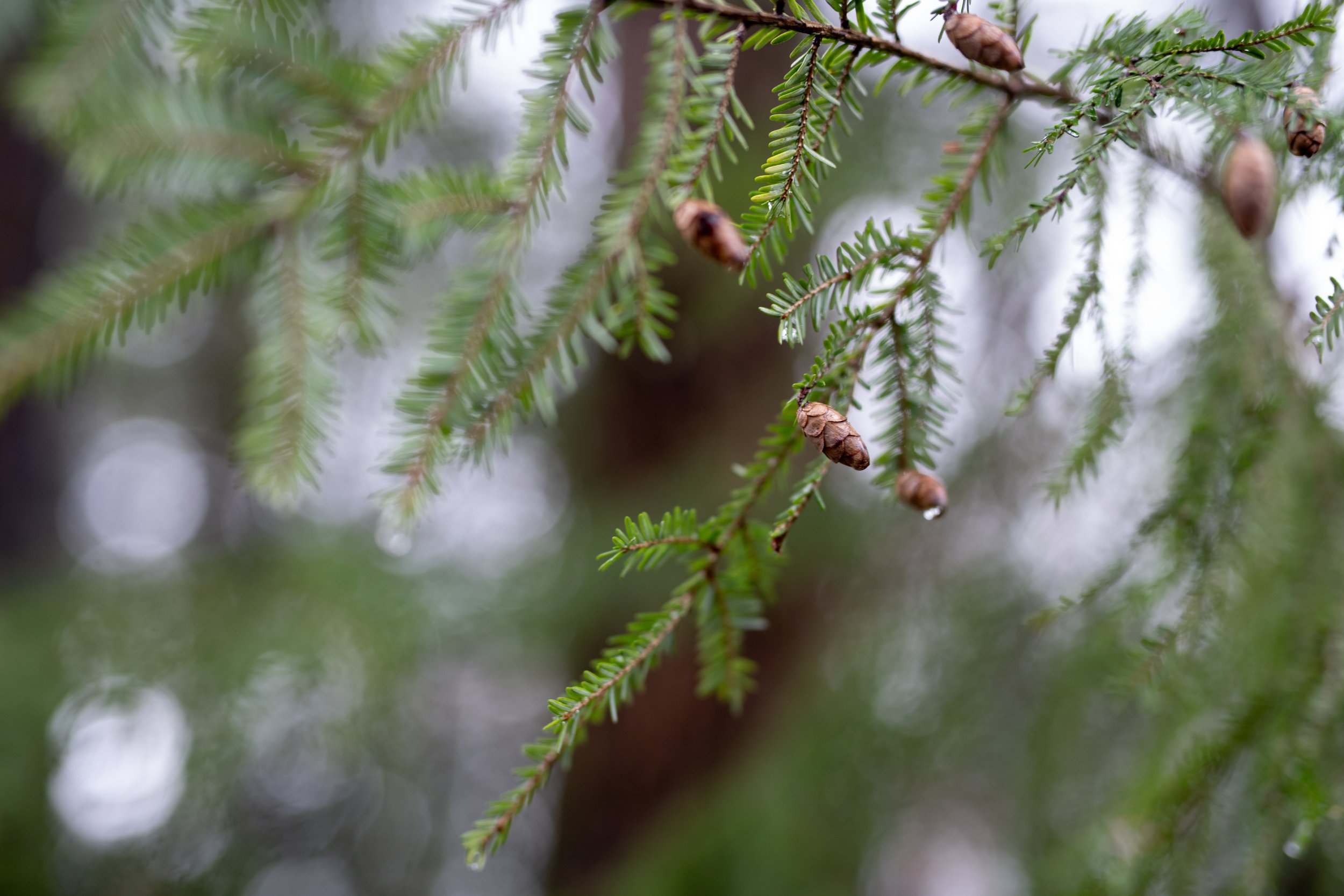
Eastern Hemlock, True to Appalachia
The Eastern Hemlock (Tsuga canadensis) has a quiet resilience like none other. These gentle giants reside in sheltered cove forests of the Appalachias and promote their local communities through temperature regulation, shelter, and food availability. Read on to learn about the biggest threat to their population.
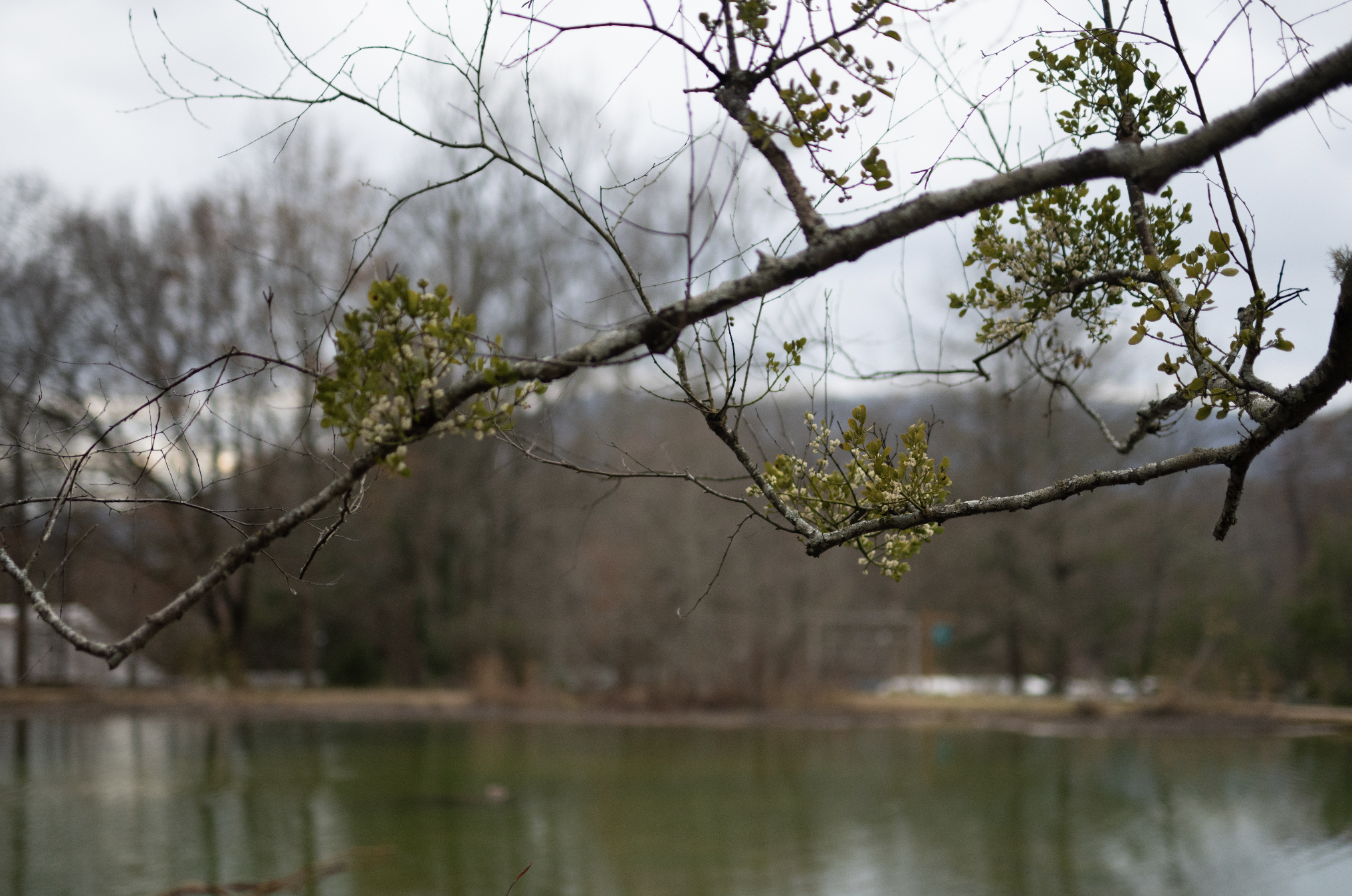
American Mistletoe
American Mistletoe (Phoradendrum leucarpum) is a broadleaf evergreen that continues to shine past the holiday season. Often a symbol of love and peace in the human world, this plant serves a much more complicated role in ecology.

Pre-order Native Trees & Shrubs!
We’re kicking off the 2022 native plant season at our nursery with a native tree and shrub pre-order that will get your garden established with some of the south’s most important hardwood plants. You can reserve your trees and shrubs online now through the end of March.

Returning Native
Native plants in the yard can offer significant respite from many of the woes of lawn maintenance and ornamental gardening, propping up and supporting native biodiversity, while also saving you time and resources. An action as simple as converting your lawn and gardens to a thriving ecosystem can be one of the most impactful and important initiatives each of us can do for the environment.

Cardamine, a Wonderful Winter Groundcover
In the midst of winter, when many herbaceous plants have gone dormant, there is one, Cardamine diphylla, that remains to enliven the muted colors of the forest floor (or garden) with its emerald green foliage. The foliage of this woodland treasure appears in mid-to-late fall, remains as a lovely groundcover throughout the winter, and then, in spring, stalks of small, white-flushed-with-pink, bell-shaped emerge.
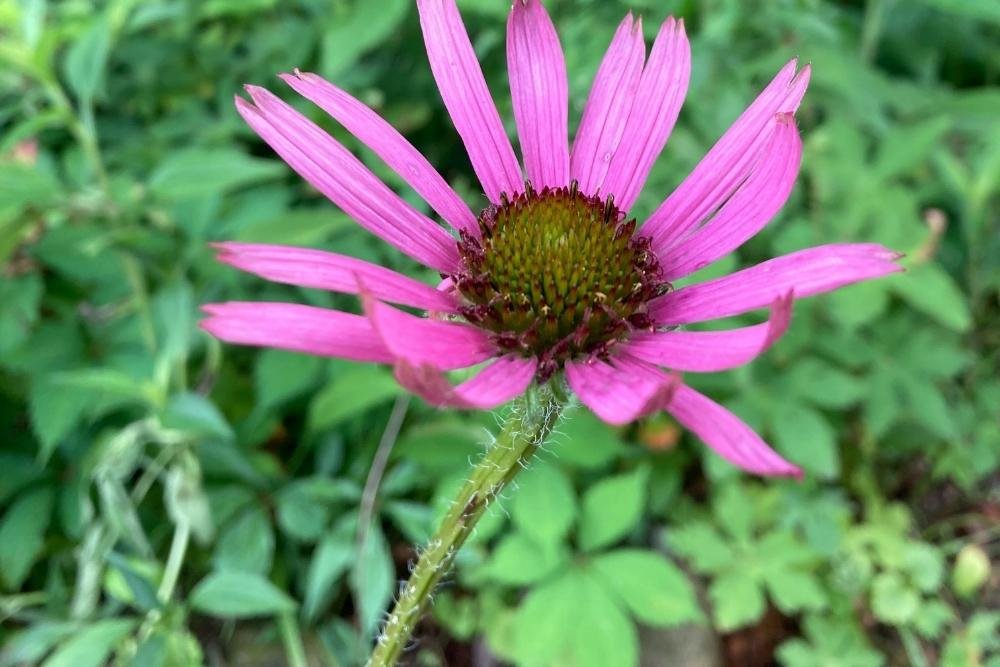
Native or Endemic...and a Plant That is Both
The term “native” is frequently used in regard to plants, but what exactly does it mean - and how does it differ from the term “endemic” plant?
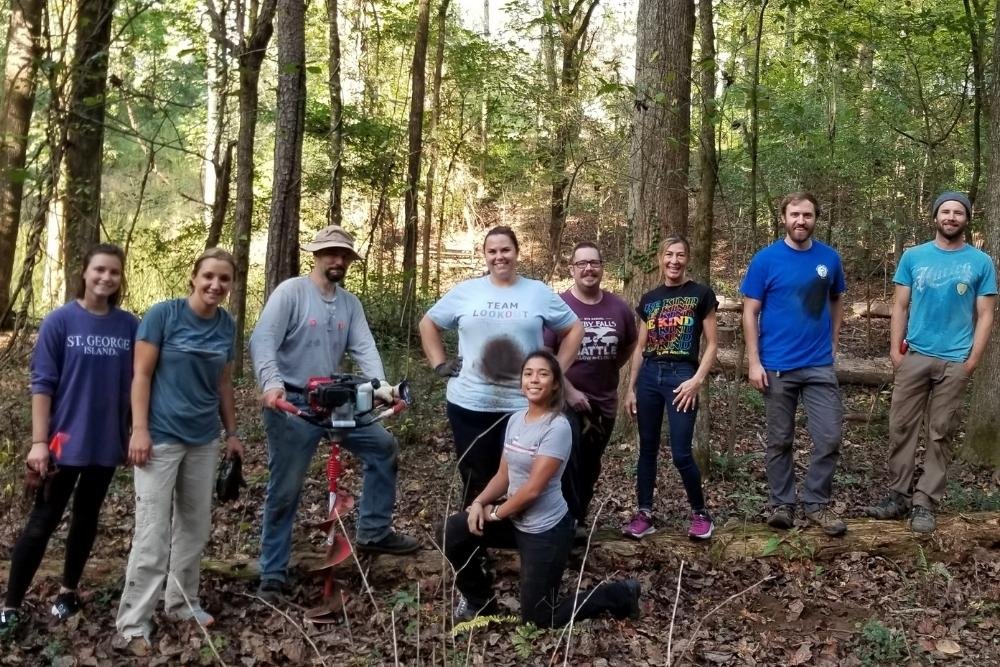
Hospitality Association Brings Project Full Circle
In 2020, a group from the Hospitality Association volunteered at Reflection Riding, pulling Chinese Privet (Ligustrum sinense) in our new Playscape area. Many of the volunteers from last year’s Trail Day returned this year and planted 120 native Spicebush (Lindera benzoin) to restore and help re-forest the area they had previously cleared. We enjoyed seeing the project come full circle and can’t wait to see the Spicebush swallowtails that will have a field day in that area!

Cumberland Rosemary
Cumberland Rosemary – Conradina verticillata – is a deciduous, perennial short shrub and a member of the Mint (Lamiaceae) family. Currently, this species is on both the Tennessee and federal protection lists classified as Threatened. However, a variety is propagated commercially and, therefore, can be grown in our gardens. Cumberland Rosemary is only found in the wild in Kentucky and Tennessee. Wild specimens are protected because of habitat destruction.

Switchgrass
Switchgrass (Panicum virgatum) is a native ornamental of the grass (Poaceae) family found pretty much throughout central and eastern North America. It achieves a height of 3-6 feet tall and a width of 2-3 feet. Switchgrass blooms from July through February with a light pink flower; the autumnal color is a pale yellow.

